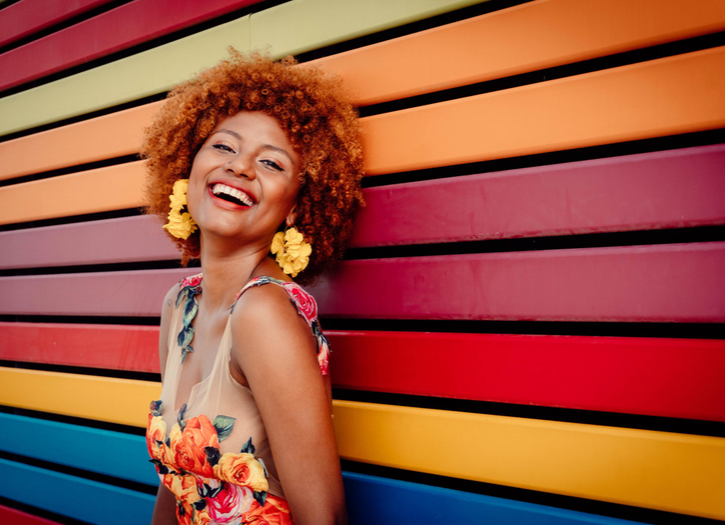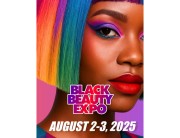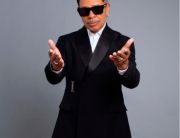Hair coloring is the practice of changing hair color.
The main reasons for this are cosmetic: to cover the gray or white hair, to change to a color regarded as more fashionable or desirable. Today, hair coloring is very popular, with 75% of women and 18% of men. At-home coloring in the United States was expected to rise to $2.2 billion by 2016.
Off-scalp
Hair color was traditionally applied to the hair as one overall color. The modern trend is to use several colors to produce streaks or gradations, but not all work on top of a single base color. These are referred to as:
- Highlighting, where sections of hair are treated with lighteners
- Lowlighting, where sections of hair are treated with darker hair colors
- Splashlightinga horizontal band of bleached hair from ear to ear
There are also newer coloring techniques such as ombré, shatush, balayage, and airtouch, in which hair is dark on the crown and bit by bit becomes lighter toward the ends.
These are off-the-scalp techniques, and can be applied by the following methods:
- Foiling, where pieces of foil or plastic film are used to separate the hair to be colored. Employed especially when more than one color is to be applied, this method ensures that only the desired hair strands are colored, and the rest spared.
- Cap, when a plastic cap is placed tightly on the head and strands are pulled through with a hook, a method infrequently practiced other than for applying highlights to short hair.
- Balayage, where hair color is painted directly onto sections of the hair with no foils used to keep the color contained, is a method growing in popularity due to its observed effect of appearing more natural. The difference between balayage and ombré is that a balayage requires more precise hand-painting sections of hair and typically costs more.
- Dipping or tip dyeing is similar to balayage in that the color is painted directly on the hair, resulting in a more uniform color coverage on hair ends.
All coloring techniques can be used with any type of color. For lightening, the hair sometimes has to be bleached before coloring.
On-scalp
Hair coloring can also be applied on the scalp for a more solid level of coverage
- Root touch-up, where color is applied only to the most recent section of re-growth (usually the first inch of hair nearest the scalp) Root touch-ups are repeated every 4–6 weeks as the natural color grows in and becomes apparent. People who color their hair to disguise gray often have these root touch-ups.
- All-over color, where the person wants all of their hair to be a different solid color
- Block coloring, where the person wants two or more colors applied to their hair, resulting in dimension and contrast
All coloring techniques can be used with any type of color. For lightening, the hair sometimes has to be bleached before coloring.







Add Comment
You must be logged in to post a comment.